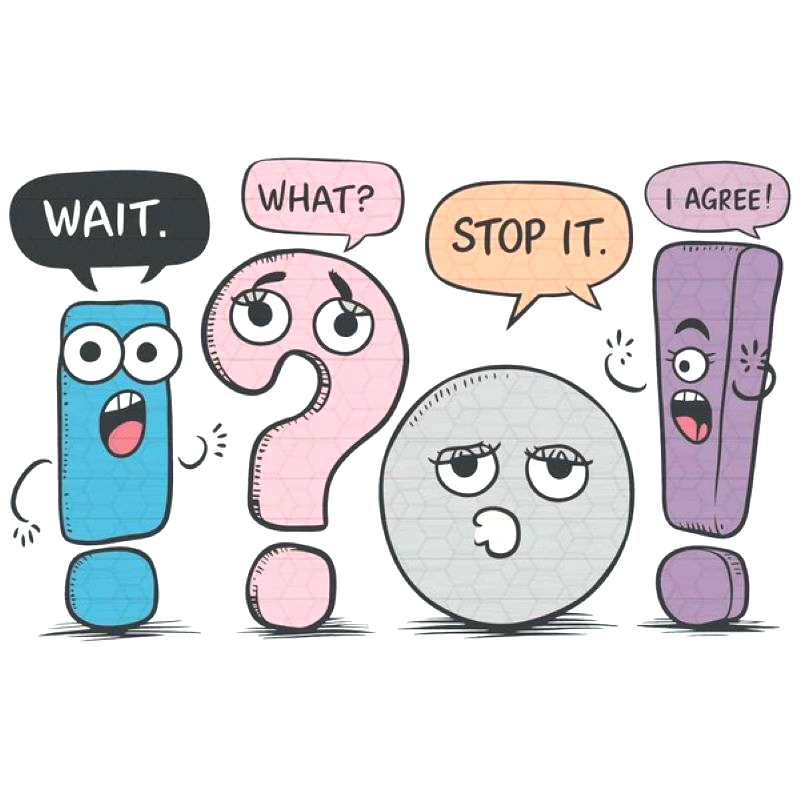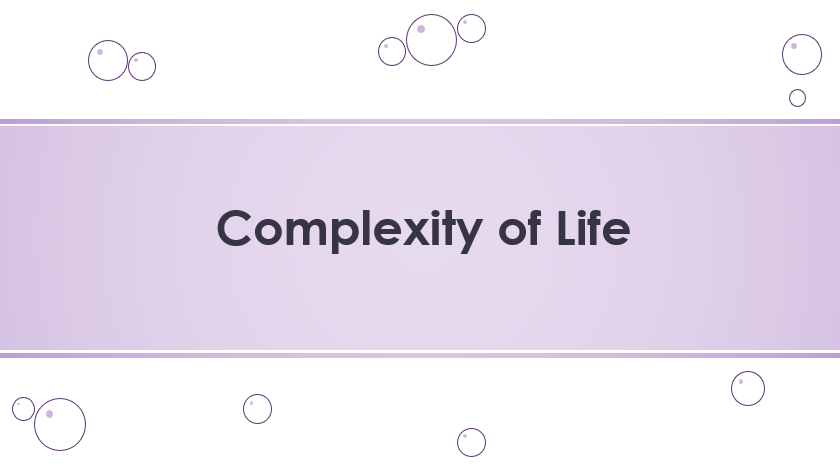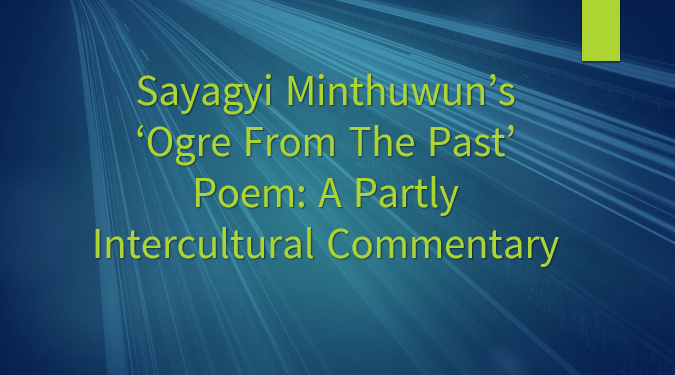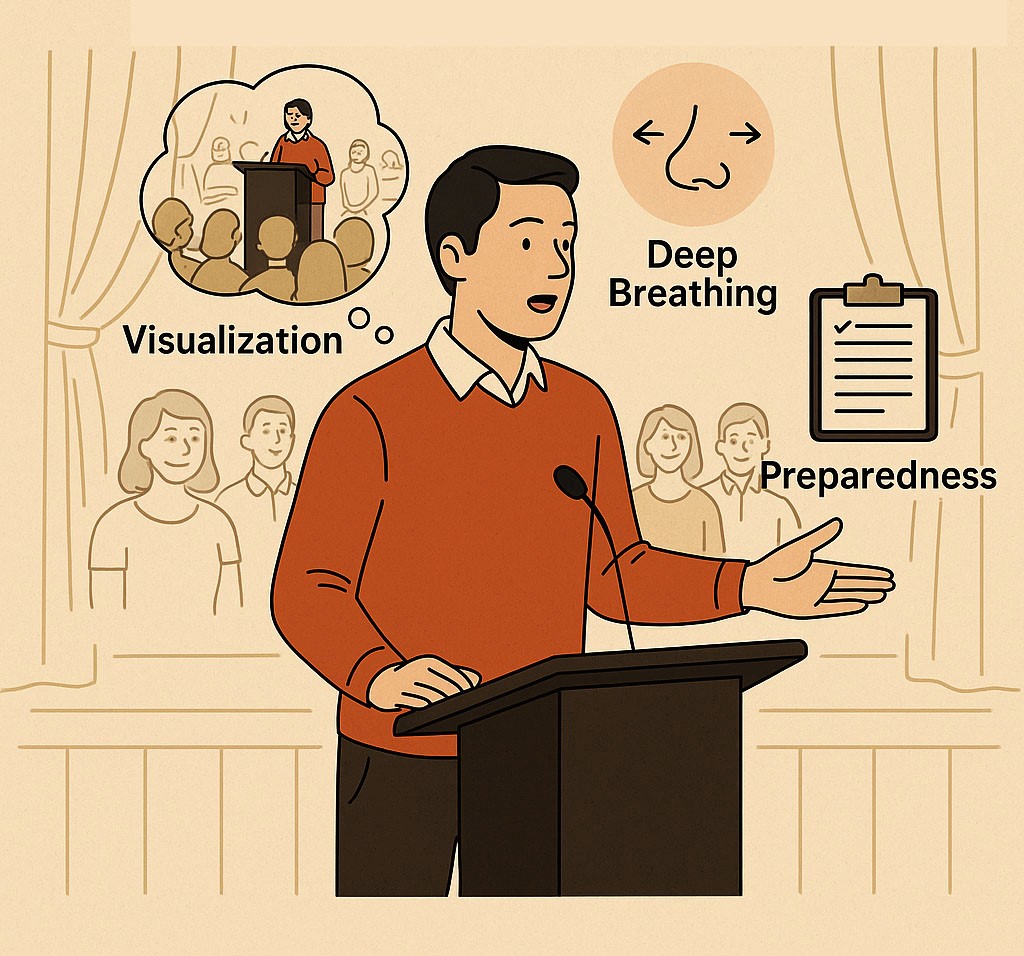Stop! Danger ahead. Don’t be silly – do you?
Posted_Date
Image

Body
What punctuation taught me about language, clarity, and the rhythm of thought
Punctuation isn’t just decoration; it’s choreography. A well-placed exclamation mark can jolt readers to attention, while a modest full stop restores order. In this article, I navigate the fine line between clarity and chaos, revealing how the tiniest typographic symbols – dots, dashes, and squiggles – shape our thoughts, steer our tone, and even betray our intentions. Whether you’re whispering with ellipses or shouting with CAPS and exclamations, English punctuation is a drama worth decoding. And yes… things might get silly.
Punctuation Across the Page: Where Marks Make Meaning
Before dissecting dots and dashes, one must acknowledge their quiet dominion across genres. In the realm of essays, punctuation separates logic from rhetoric, guiding readers through layered argumentation. In articles, it tempos urgency and balances narrative with fact. Research papers rely on precision, where the placement of a colon or semicolon can distinguish methodology from interpretation. And in poetry, punctuation breathes, pauses, interrupts, and seduces; it’s a companion to rhythm, a silhouette to meaning.
Whether the voice is academic, journalistic, poetic, or reflective, punctuation remains the unseen composer. Without it, thought unravels into noise.
Punctuation and Its Purpose in English
In English writing, punctuation marks serve several important purposes:
(a) To make meaning clear
(b) To convey emphasis or seriousness
(c) To prevent ambiguity or misinterpretation
(d) To reflect tone, pause, and rhythm as in spoken language
During my time at the News Agency of Burma (NAB) between 1990 and 1993, while working at the foreign news desk, I had the opportunity to attend journalism courses where these functions of punctuation were not only taught but practically demonstrated through translation exercises and editing assignments. These lessons became part of my editorial muscle memory, and what follows is a brief but structured guide – refreshed in light of modern reference texts such as the Translator’s Reference (Seikku Cho Cho, June 2008).
1. Comma (,)
(a) Separates items in a list:
men, women, and children ran for cover.
(b) Sets off adverbial phrases placed before the main clause:
When they found the enemy had retreated, they occupied the town.
(c) Separates parenthetical elements and appositive phrases:
They visited Bagan, the famous historical site.
(d) Introduces or follows direct speech:
The delegate replied, “That is correct.”
(e) Resolves ambiguity:
To Nyi Nyi, Ko Ko is special.
(Without the comma, the meaning could shift.)
(f) Groups large numbers for readability:
100,000
(Note: Do not use commas for four-digit numbers, years, or address numbers – e.g., 1993, 4321, 1234 Pyi Lan.)
(g) Separates names from titles or qualifications:
Dr Ko Ko, FRCS
(h) Distinguishes city names from township or regional names:
Intagaw, Bago Township
Back in our newsroom at NAB, a misplaced comma could sometimes change the nuance of a foreign policy headline. Our instructor once joked that punctuation, like diplomacy, is all about timing, placement, and tone.
2. Semicolon (;)
(a) Links independent clauses without a conjunction:
Some positions were occupied; some were not.
(b) Connects clauses using conjunctive adverbs such as furthermore, consequently, however:
Speeding is illegal; furthermore, it is dangerous.
(c) Separates complex list items containing internal commas:
The search is for people who can think creatively, who can think for themselves, people who can work on their own ideas, and who can express themselves clearly.
3. Colon (:)
(a) Expands, explains, or clarifies what comes before:
The building was poorly designed: it lacked both function and unity.
(b) Focuses attention on a key word or phrase:
There is only one goal: freedom.
(c) Introduces a list:
Three countries were represented: China, Thailand, and Myanmar.
(d) Separates hours from minutes in time expressions:
8:30 am
4. Full Stop/Period (.)
(a) Ends a complete sentence.
(b) Appears in abbreviations:
A.D., etc., count.
5. Parentheses ( )
(a) Encloses added information, explanations, or clarifications:
Three old ships (now out of commission) will be scrapped.
(b) Provides numeric equivalents of written numbers:
Delivery will be made in thirty (30) days.
(c) Numbers or letters used in outlines or sequences:
(1) (2), (a) (b)
6. Hyphen (-)
(a) Connects prefixes to root words:
pre-renaissance, co-opted
(b) Forms compound words:
president-elect, sister-in-law, good-for-nothing
(c) Avoids ambiguity in compound modifiers:
He is a small-business man.
(Without the hyphen, “small” might wrongly describe “man.”)
(d) Spells compound numbers from 21 to 99:
Thirty-four
(e) Indicates fractional expressions or partial amounts:
a two-thirds majority
(f) Shows ranges:
pages 40–72, decade 1990–99
(g) Connects proper nouns with capital letters:
Yangon–Singapore flight
7. Quotation Marks (“ ”)
(a) Indicates direct speech:
He said, “It will happen.”
(b) Signals special or ironic usage:
He said he was a “businessman,” but he was really a confidence trickster.
8. Ellipsis (…)
(a) Indicates omission of words in a quote or text.
“We must act now… before it’s too late.”
(b) Reflects hesitation, trailing thoughts, or unfinished speech.
“I thought you said… never mind.”
In translation and editorial work, ellipses are tools for subtlety – but overuse can drain clarity or tone. One of our trainers often said, “Too many dots… and the meaning vanishes.”
9. Exclamation Mark (!)
(a) Expresses surprise, strong emotion, or command.
Stop!
That’s amazing!
Help!
We were taught to limit exclamation marks – especially in news stories. “Let the facts scream,” our editor liked to say, “not the punctuation.”
10. Question Mark (?)
(a) Ends a direct question.
What time is it?
Do you understand the assignment?
(b) Used in rhetorical or stylistic questions.
Who doesn’t love a well-punctuated sentence?
A small but mighty mark – our lessons often stressed the importance of not replacing it with a period by mistake, especially in translated interviews.
11. Apostrophe (’)
(a) Shows possession.
Ko Ko’s book, the editor’s decision
(b) Forms contractions.
It’s (it is), doesn’t (does not), we’re (we are)
(c) Occasionally marks plurals of letters or symbols.
Mind your p’s and q’s.
I still recall proofreading a document where “its” and “it’s” were confused – proof that apostrophes can make or break professional writing.
12. Dash (—)
(a) Introduces an abrupt shift or interruption.
She was about to explain – then the power went out.
(b) Replaces commas or parentheses for emphasis or pause.
He loved one thing – punctuation.
The em dash became my silent favourite – it gave freedom without clutter. We used it in features and opinion columns more than in hard news.
13. Slash (/)
(a) Indicates alternatives or paired roles.
and/or, writer/editor, husband/wife
(b) Represents numerical or time-based fractions.
50/50, Monday/Tuesday schedule, 24/7
Though slashes helped condense space, we were advised not to let them substitute clear writing. “Use words unless space demands symbols,” our guidebook warned.
Famous Quotes That Highlight the Power of Punctuation
1. Oscar Wilde
“I have spent most of the day putting in a comma and the rest of the day taking it out.”
— A witty confession of how punctuation, even as small as a comma, can shape meaning and tone.
2. Lynne Truss – Eats, Shoots & Leaves
A panda walks into a café. He orders a sandwich, eats it, then draws a gun and fires two shots in the air.
“Why?” asks the confused waiter. The panda pulls out a badly punctuated wildlife manual and replies: “I’m a panda. Look it up.”
The waiter finds the entry: “Panda. Large black-and-white bear-like mammal, native to China. Eats, shoots and leaves.”
— This now-classic example shows how a single misplaced comma turns a peaceful herbivore into a trigger-happy diner.
3. Virginia Woolf – Mrs Dalloway
“Mrs Dalloway said she would buy the flowers herself.”
— A simple sentence that sets the entire novel in motion. The period here gives it a crisp finality that mirrors Mrs Dalloway’s quiet independence.
4. F Scott Fitzgerald – The Great Gatsby
“So, we beat on, boats against the current, borne back ceaselessly into the past.”
— The commas create a slow, almost tidal rhythm that mirrors the theme of struggle against time and fate.
5. Emily Dickinson
“Hope is the thing with feathers — ”
— Her liberal use of dashes was ahead of her time and conveyed emotional spontaneity and pause, offering a breath between thoughts.
6. Cormac McCarthy – The Road
“When one has nothing left, make ceremonies out of the air and breathe upon them.”
— Notably, McCarthy avoided quotation marks, apostrophes, and even commas, stripping language down to its bare essence. This minimalist style lets silence and tension speak as loudly as any punctuation mark could.
7. Herman Melville – Moby-Dick
“Call me Ishmael”.
— The period gives this three-word sentence full weight. No flair, no comma – just certainty. A perfect example of how restraint in punctuation creates literary gravity.
8. Gertrude Stein
“A comma is a useful thing – like a hinge on a door”.
— From her writing and lectures, this metaphor shows punctuation as a practical structure that allows sentences to swing open — or stay closed.
9. Victor Hugo
He once sent a telegram to his publisher after Les Misérables was released, simply:
“?”
The publisher replied:
“!”
— Possibly the shortest punctuation conversation in literary history, showing both curiosity and celebration.
Conclusion: The Grammar of Thought
“Stop! Danger ahead. Don’t be silly. Do you?” — At first glance, this string of short sentences may seem disjointed or even playful. But read again, with the punctuation fully intact, and they become something else: an urgent warning, a stern rebuke, a teasing dare, and a lingering question. Each mark — full stop, exclamation, period, and question — carries its own emotional charge. This is the true power of punctuation: it transforms meaning, tone, and rhythm without changing a single word.
Back in the early 1990s, while juggling news translations at the foreign desk of the News Agency of Burma and attending journalism training sessions, I began to realize that punctuation was not just mechanical — it was musical. It controlled the pace of a sentence like a conductor’s baton. It inserted silence, hesitation, breath, tension — even revelation. I once spent an entire afternoon debating whether a comma should sit before the word “however”. Like Oscar Wilde, I took it out and put it back in again. Then again.
Emily Dickinson, with her famous dashes, wrote:
“Hope is the thing with feathers — ”
That dash, defying grammar rules, feels like a breath — soft, thoughtful, unresolved — like hope itself.
And in The Great Gatsby, Fitzgerald’s final line:
“So, we beat on, boats against the current, borne back ceaselessly into the past”.
The commas there don’t just separate ideas — they row the sentence forward, creating a rhythm that echoes the very struggle he describes.
We, too, are boats. We beat on — editors, writers, readers — navigating oceans of language. Punctuation is our compass. Our pause. Our push forward.
And so, dear reader, as you write, read, or edit, remember this:
A misplaced comma can stir confusion.
A well-timed dash can deepen thought.
A question mark can open the mind.
Even a lone ellipsis … can invite reflection.
Because punctuation, at its finest, is not decoration — it’s direction.
GNLM






